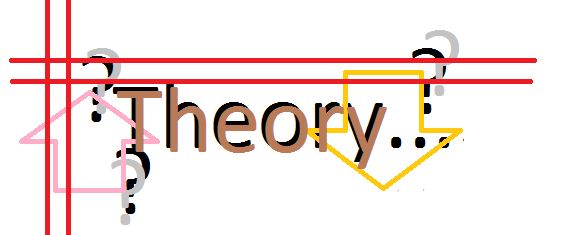I can’t believe it! I have actually made it to my last semester at Queens University. The final two courses are going to be crazy busy.
COM 680 is all about selecting a topic for the final capstone project. I must be honest, I had some difficulty committing to a topic for the final project. In fact, I panicked so bad in week 3, I trashed all of my research and changed my topic. Looking back, I think it was the best decision for me. Initially, I chose a light-hearted topic about Southern Mothers. However, I quickly realized I was having difficulty juggling projects at work and the project for school. So, in the end, I decided to select a topic in which I could combine work with school.
Below is my inquiry project proposal as presented in my Comprehensive Exam.
Investing Within
The phrase, “our people are our greatest asset,” is well known amongst organizational leaders. The success or failure of an organization is largely dependent on its employees. Without its people, organizations are simply unable to fulfill its mission. Furthermore, the inability to retain and engage valuable employees can be detrimental to an organization’s success.
According to an article written by Strategic HR Partners, LLC. (2015), “Employers that want to succeed in this increasingly competitive environment must have a well-designed compensation plan that motivates employees, controls compensation costs, and ensures equity” (p. 1). The best compensation plans mirror the culture of the employer. Therefore, employers should establish a compensation philosophy. Once the philosophy has been established, then a compensation strategy can be developed. Establishing an effective compensation strategy is a critical part of improving employee engagement and retention (SHRM, 2017). An equally important piece is the communication of the philosophy and strategy to employees.
Northshore Technical Community College (NTCC) is a higher educational institution located in southeastern Louisiana. Its mission is to provide “quality workforce training and transfer opportunities by awarding associate degrees, technical diplomas and certificates to students seeking a competitive edge in today’s global economy” (Northshore Technical Community College, 2014). Without qualified faculty and staff, the College is unable to fulfill the public promise. According to the college’s staffing analytics, NTCC has experienced a high employee turnover rate, approximately 42%, during the last five years. Employee exit survey results indicate the reason for the turnover is due to outdated and pay practices that are not competitive with the labor market area. To address this issue, NTCC leadership intends to adopt a compensation philosophy that reflects the college’s values and revise current salary structures with adjusted pay ranges.
My study will examine NTCC structures that will impact the development of a compensation philosophy and strategy. In addition, it will examine the resource needs and challenges of the college. The goal is to help understand, support, and develop compensation change initiatives and communications for Northshore Technical Community College. The analysis will include staffing and compensation statistics for NTCC employees and the labor-market area in which the college operates, exit survey results, relevant peer-reviewed and non-peer reviewed articles, and the operation structure, functions, and existing NTCC compensation communication strategies. I aim to understand the general perceptions and attitudes among exiting employees regarding NTCC’s current pay practices, and what can be strategically implemented to positively influence and change those perceptions in hopes to attract and retain qualified employees.
My study will be grounded in public relations and social theory. A structural analysis, based in Gidden’s Structuration Theory, will examine structures present at NTCC and how NTCC personnel can alter or reinforce those structures to implement a relevant compensation philosophy. McArthur (2014) indicates “a structural analysis may prove effective at revealing unseen factors that impact a change” (p. 35). Structures of signification, legitimation, and domination will be analyzed to identify opportunities the organization has to make changes to a particular area. Secondly, applying theorist Pierre Bourdieu’s capital analysis will reveal what capital exists, what capital is needed, and what capital can be built to help NTCC boost employee retention. This analysis includes resources present in institutionalization structures, economic capital, knowledge capital, social capital, and symbolic capital (McArthur, 2014, p. 22). The results can be used to help understand the resources available to the college. The application of Gidden and Bourdieu theories will result in analyses that can be used to develop a strategic communication plan which addresses NTCC employee retention initiatives
References:
Choppin, J. (1996). “Our people are our greatest asset…” Management Development Review, 9(3), 8-8.
Ihlen, O., Fredriksson, M., & Ruler, B. V. (2009). Public relations and social theory: key figures and concepts. New York, NY: Routledge.
McArthur, J. A. (2014). Planning for strategic communication: a workbook for applying social theory to professional practice. Charlotte, SC: John A McArthur.
Northshore Technical Community College. (2014). Retrieved September 10, 2017, from http://northshorecollege.edu/about-our-college/our-mission
Society for Human Resource Management (SHRM). (2017, March 17). Developing and Sustaining Employee Engagement. Retrieved September 10, 2017, from https://www.shrm.org/resourcesandtools/tools-and-samples/toolkits/pages/sustainingemployeeengagement.aspx
Strategic HR Partners, LLC. (2015, January 24). Compensation. Retrieved September 10, 2017, from http://strategicpartners-hr.com/compensation/







